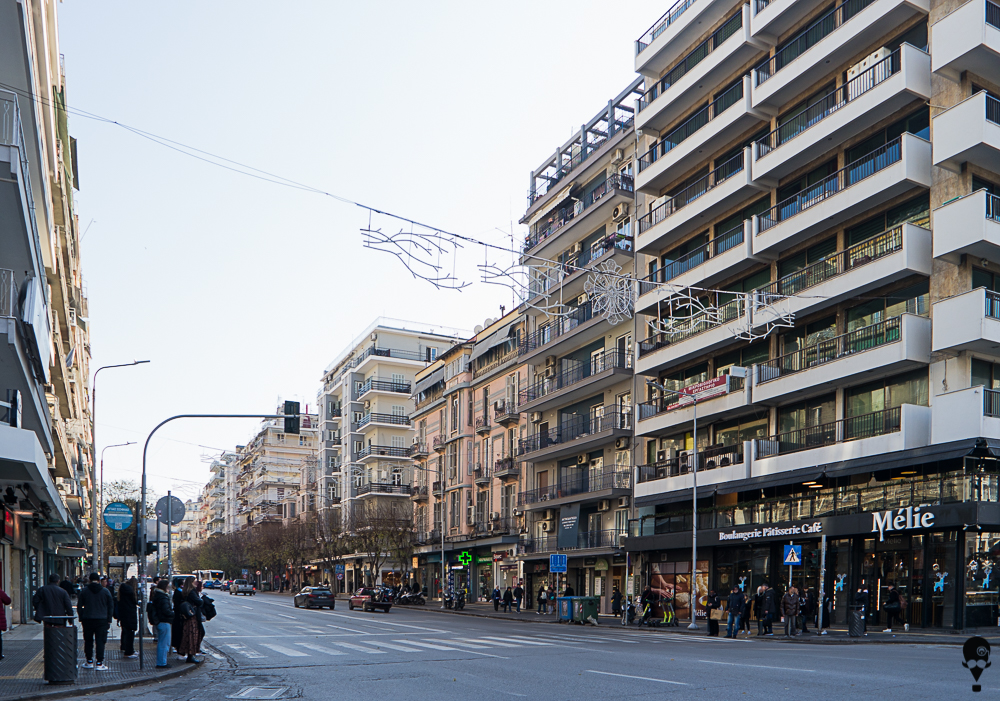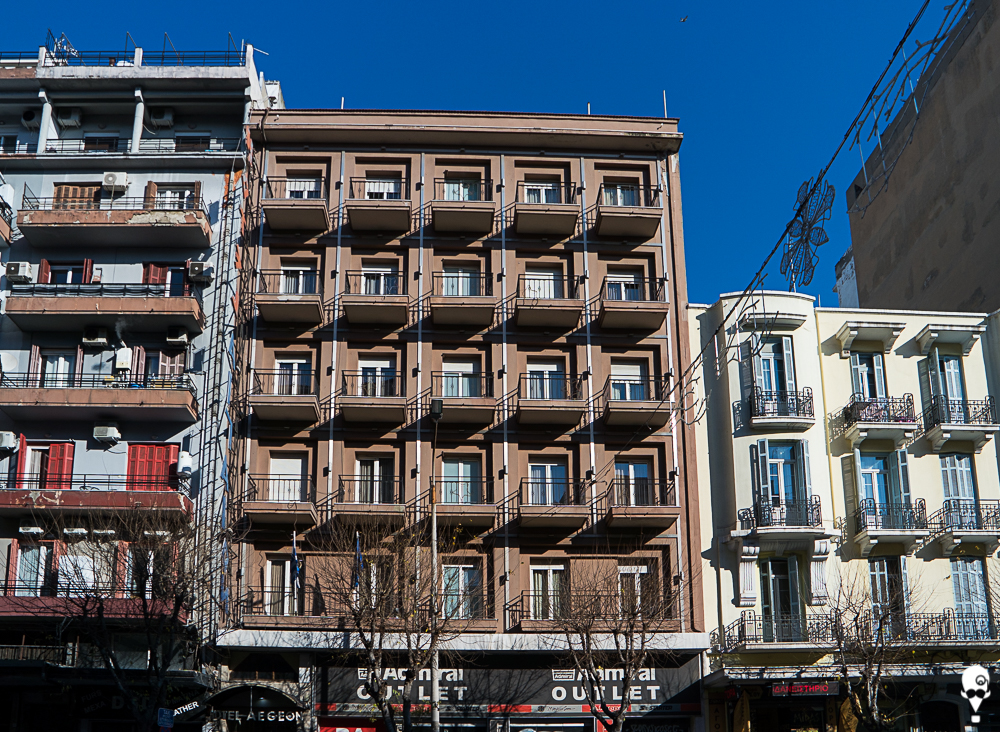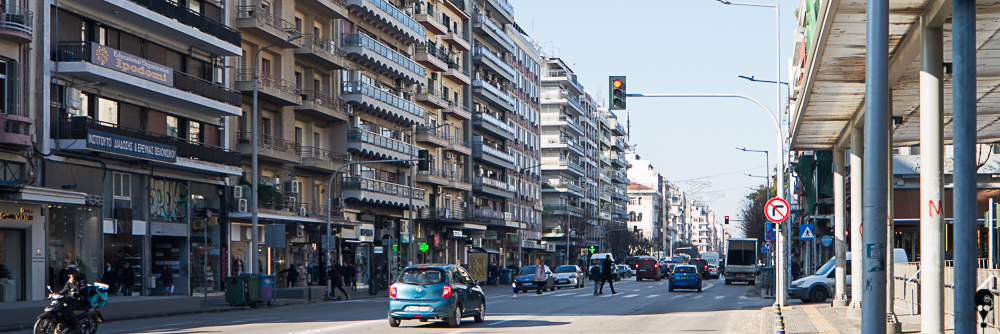Egnatia Street
By crossing Egnatia Street, one realizes that is witnessing a historical and architectural timeline.
Location
Timeline
Modern and Contemporary era (1912 - )
Ottoman era (1453- 1912)
1907 Aligned.
Byzantine era (331 AC- 1453)
Roman era (30 BC- 330 AC)
Most likely opened during the Roman period, although the possibility that it was opened in the Hellenistic period exists and excavations never reached deep enough to determine the exact period. The metro construction works may finally reveal the answer to this question.



















Share